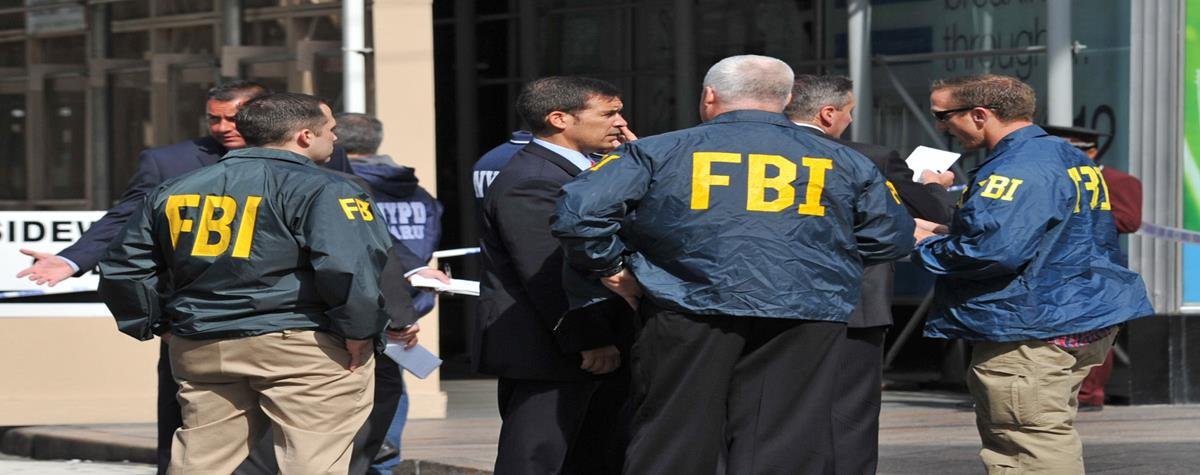Thanks to research on social networks like Instagram and LinkedIn, the FBI managed to trace the trail to identify a protester accused of being the author of a fire.
With just a LinkedIn profile, a handful of Instagram videos, some Google research, and a review of the Etsy site, the FBI successfully identified a protester accused of burning two police vehicles. The alleged acts took place at a recent demonstration in Philadelphia on May 30 in response to the police murder of George Floyd.
This case reported by The Philadelphia Inquirer highlights the process used by law enforcement to extract relevant information from documents freely available online. The FBI Charged Person is 33 years old and her name is Lore Elisabeth Blumenthal. If the facts for which she is being prosecuted are proven, she faces a sentence of seven years in prison and a fine of $ 250,000.
Simple information available online to conduct a survey
Civil rights activists have alerted the public that social media that has exposed police violence is also used by the police themselves for surveillance. Indeed, according to Paul Hetznecker, Lore’s lawyer Elisabeth Blumenthal “Social media … has also become fertile ground for government surveillance” and added “I think people have lost consciousness of this. “
It should also be noted that very simple search methods such as simple queries on Google and a search on social media make it possible to identify a person very easily from scraps of information. This research often turns out to be as effective as very advanced facial recognition tools.
Regarding the fire, US Attorney William M. McSwain said, “We at the US Attorney’s Office fully support the right of the people in the First Amendment to assemble peacefully and to petition their government. But burning down a police car has nothing to do with a peaceful protest or a legitimate message. “
To confuse the protester, initially the police only had images taken by helicopter on which they managed to identify a woman wearing a bandana throwing flaming debris through the broken window of a police car.
Then they went up the track looking for videos published on Viméo or Instagram having captured the scene on which they spotted the presence of a tattoo signifying “peace” on the forearm. It was ultimately with images taken by an amateur photographer that the police managed to gather a decisive element that will identify the demonstrator. In this series of 500 photos, the woman wears a t-shirt with the message “Keep the immigrants. Deport racists. “
A comment left on an online store allows to go up the track
This t-shirt is not sold everywhere, going up the track of the purchase of this garment, they found it was available on an online store open on the Etsy site. Lore Elisabeth Blumenthal had left a comment under this article with the pseudonym “alleycatlore”. Thanks to it, the police managed to find another profile on the online sales site “poshmark” containing part of the real name of the young woman “Lore-Elisabeth”.
Using this compound name, they did a search on LinkedIn where they managed to find the profile of a certain “Lore Elisabeth Blumenthal”, working in a massage cabinet in Philadelphia. The firm’s website containing videos shows a person wearing the same tattoo as that identified on the photographer’s photos. Under the surname Blumenthal a telephone number and an address were associated. According to information gathered from Etsy’s online store, following a summons, a t-shirt identical to that worn by the demonstrator had recently been delivered to the same address.
This case shows that simple profiles on social networks or even simple consumer opinions can be information used in the context of surveillance by the police. Hetznecker, the demonstrator’s lawyer, wanted to warn the public who are not always aware of the possible use of this easily accessible information. He also said that the case showed strong similarities to cases of excessive surveillance by the American police. He also recalls that it is the same method that was used after September 11 to file people of Muslim faith and that it continues to be used to monitor African-Americans.













